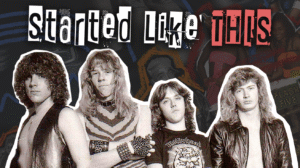
These ten 80s classics prove you don’t need a music degree to sound like a rock star—just four chords and the confidence to play them. Behind the neon glow and drum machines lay a treasure trove of songs built on surprisingly simple foundations. These tracks don’t just sound impressive around a campfire; they’re the musical equivalent of starter apartments—modest in requirements but offering plenty of room to grow. Each selection below relies on just four chords, making them perfect launching pads for beginners while still carrying enough emotional weight to satisfy seasoned players.
10. I Won’t Back Down – Tom Petty

Building confidence comes naturally when you tackle Tom Petty’s anthem designed for guitarists taking their first tentative steps. The progression—Em, D, G, and C (or the friendlier Cadd9)—flows with natural inevitability. The straightforward rhythm feels like comfortable shoes that require no breaking in.
What elevates this track beyond mere practice material is how perfectly the accessible chord structure aligns with its message of determination. It’s the ideal first song for singing while playing—the musical multitasking that initially feels like patting your head while rubbing your stomach, but eventually becomes second nature.
9. Road to Nowhere – Talking Heads

Philosophical journeys rarely demand such specific chord work, but Talking Heads requires E, C#m, A, and B paired with a down-down-up-down-down-up-down strumming pattern capturing relentless forward motion. Experiment with subtle muting techniques to create percussive accents within your strumming.
The E and B chords present the first real technical hurdle for many beginners, demanding barre positions that initially feel like trying to solve a Rubik’s cube with your non-dominant hand. The reward for persistence comes when these shapes begin feeling natural, unlocking countless songs that rely on these essential positions.
8. Fast Car – Tracy Chapman
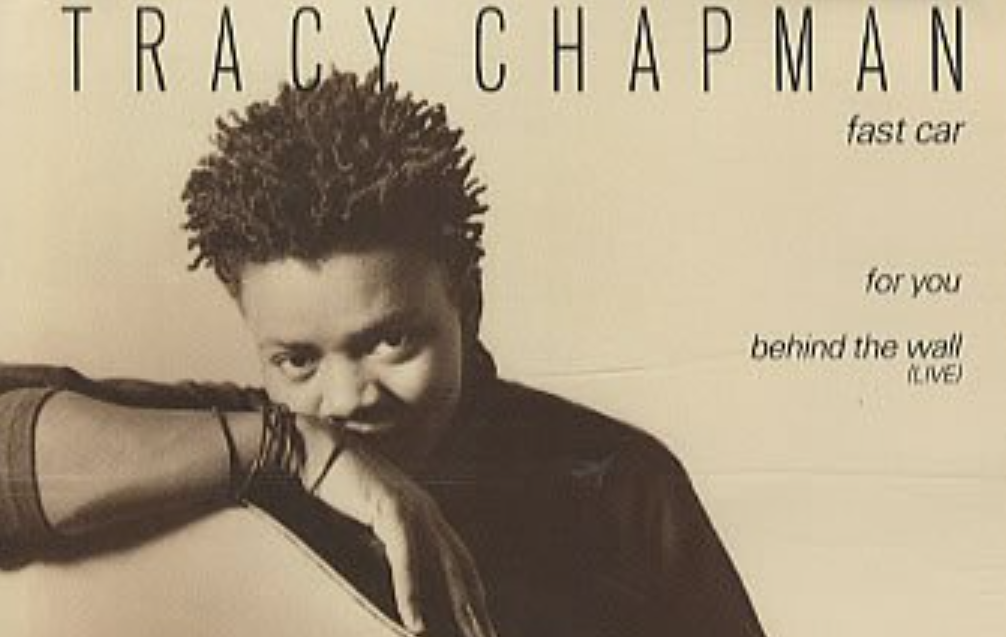
Time capsules don’t usually come with such accessible guitar parts, yet Tracy Chapman’s masterpiece delivers a simple structure packed with narrative power that hits harder each year. Capo at the 2nd fret and work with C, G, Em, and D. The iconic riff emerges naturally from these basic shapes, making it the perfect gateway between strumming and fingerpicking.
The beauty of Fast Car lies in its versatility. Start with basic strumming to build confidence, then graduate to the fingerpicked pattern that gives the song its distinctive forward momentum, much like the narrative itself. This track teaches something crucial that no lesson book can: how four ordinary chords can carry extraordinary emotional weight when played with intention.
7. She Drives Me Crazy – Fine Young Cannibals

Earworms from 1989 don’t usually translate this well to acoustic guitar, but this track cycles hypnotically through D, G, Bm, and A with surprising effectiveness. The song’s repetitive structure makes it the musical equivalent of training wheels—providing enough stability for beginners to build confidence while developing muscle memory for these essential chord shapes.
The track’s circular progression creates a perfect practice loop for developing consistency. However, this same feature might leave you feeling trapped in a musical revolving door during longer practice sessions. The payoff comes when those transitions become so automatic that you can maintain eye contact while singing—the holy grail of campfire performance.
6. I’m on Fire – Bruce Springsteen
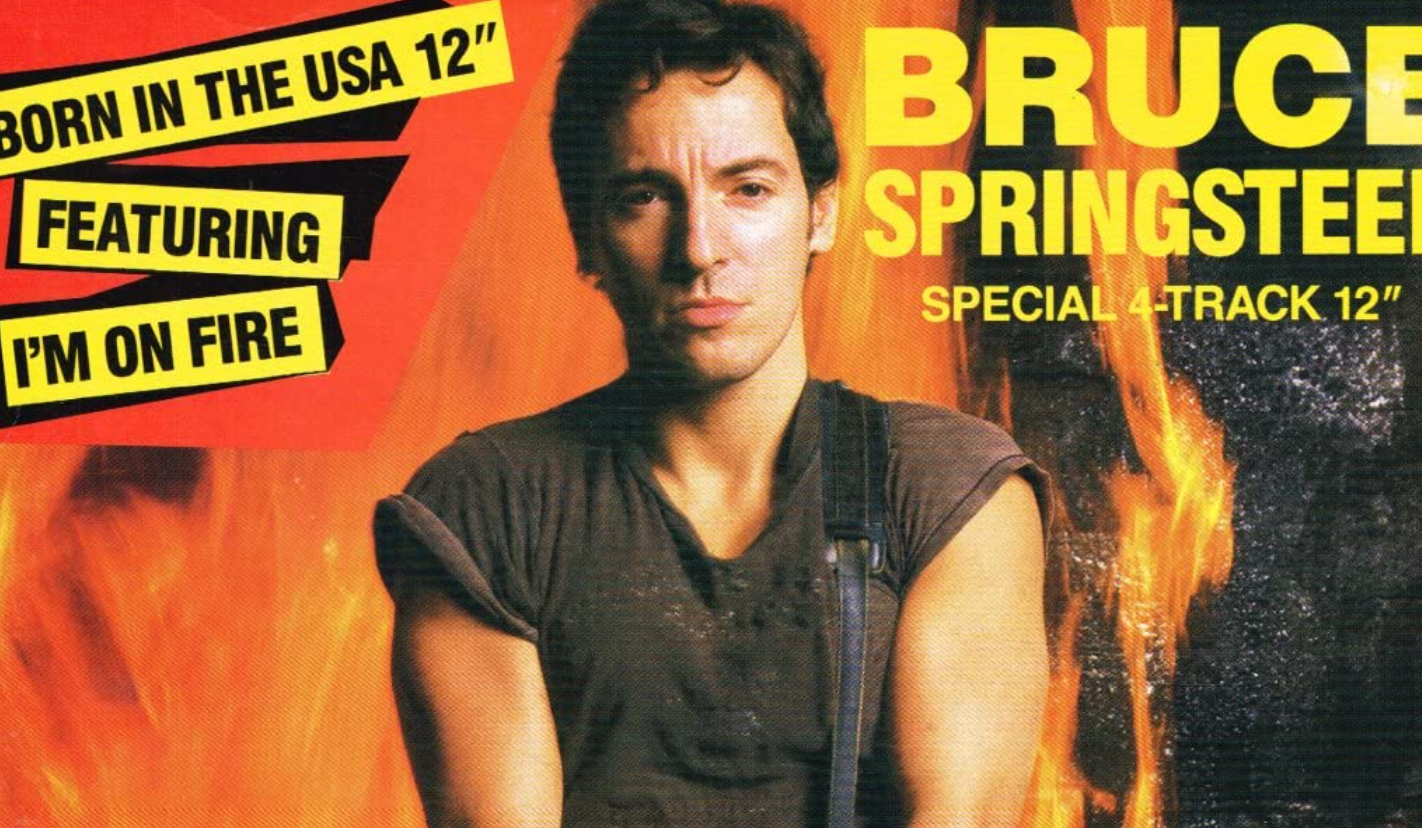
Restraint defines Springsteen’s smoldering masterpiece more than any flashy technique, proving that less often communicates more than excess. Built around E, C#m, A, and B, with a signature riff centered on an E5 power chord, the song creates intimate intensity through what’s left unplayed as much as what’s played.
Incorporate palm muting while strumming to create those hushed harmonic accents that define the track’s atmosphere. I’m on Fire teaches perhaps the most valuable lesson for any guitarist: the spaces between notes matter as much as the notes themselves. Master this balance and you’ll transform from someone who plays guitar into an actual guitarist.
5. Love Will Tear Us Apart – Joy Division

Synthesizers typically dominate Joy Division’s sound, but stripping them away reveals the skeletal beauty of this post-punk anthem. With your capo at the 2nd fret, the progression unfolds through Dm, C, Am, and G—creating that perfect melancholic foundation. The down-down-up-up-down strumming pattern pulses like an anxious heartbeat beneath the melody.
The transformation from new wave classic to acoustic revelation happens when you capture hints of that iconic bass line within your guitar work. Where the original hides vulnerability behind layers of production, the acoustic version stands naked and exposed, teaching beginners the valuable lesson that emotional authenticity trumps technical perfection every time.
4. I Wanna Be Adored – The Stone Roses
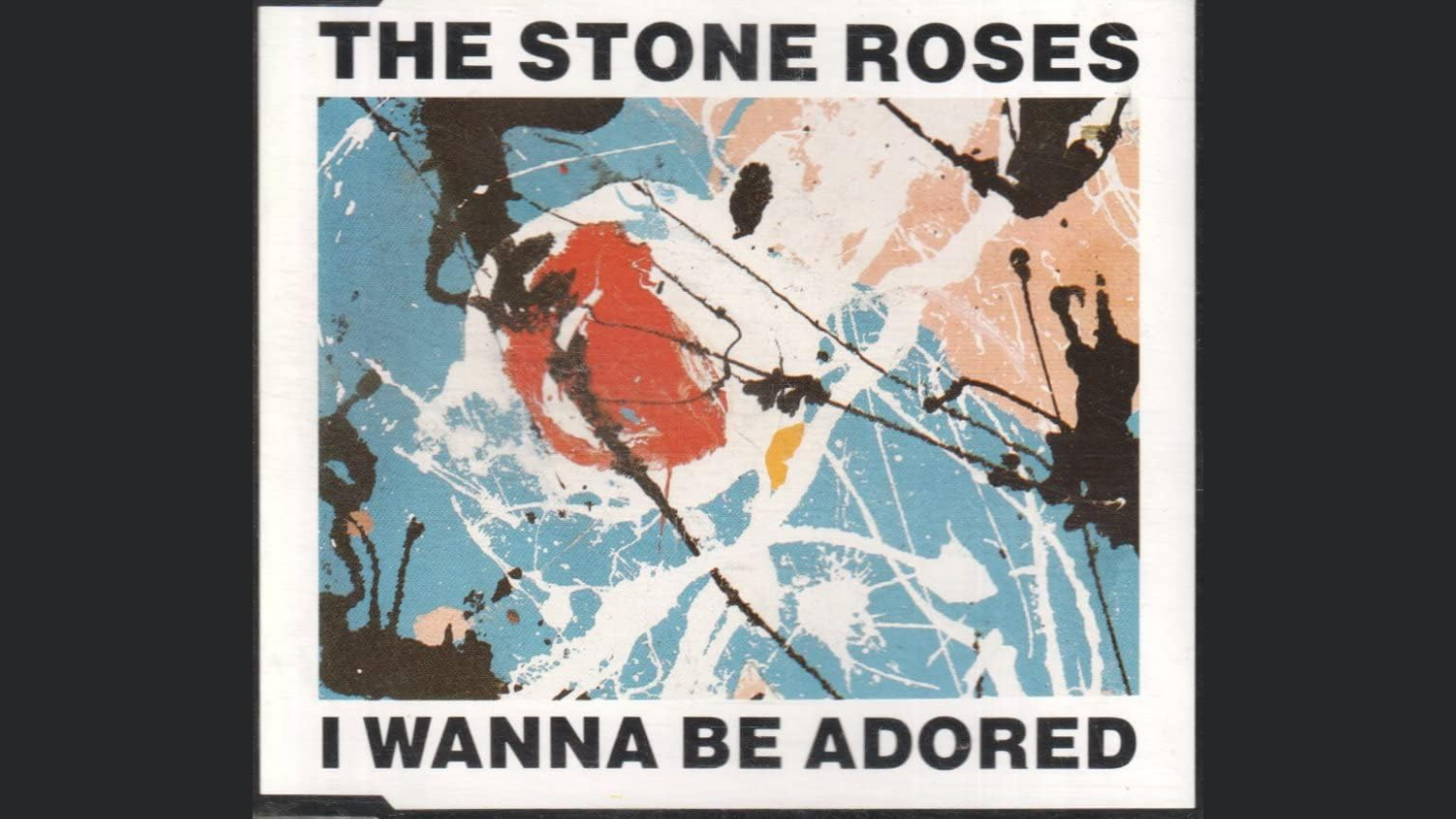
Minimalist approaches rarely create such hypnotic power, but The Stone Roses demonstrate how repetition builds intensity rather than boredom. Using primarily G, D, and Em (with C making a brief cameo), the song demonstrates how repetition can create trance-like intensity rather than boredom. It’s like the musical equivalent of a minimalist apartment—a few carefully chosen elements creating maximum impact.
New guitarists often discover a surprising truth through this song: playing fewer chords with greater intention often creates more powerful music than frantically changing positions. The track teaches patience and restraint—musical virtues that take years to develop but begin with simple songs like this.
3. With or Without You – U2
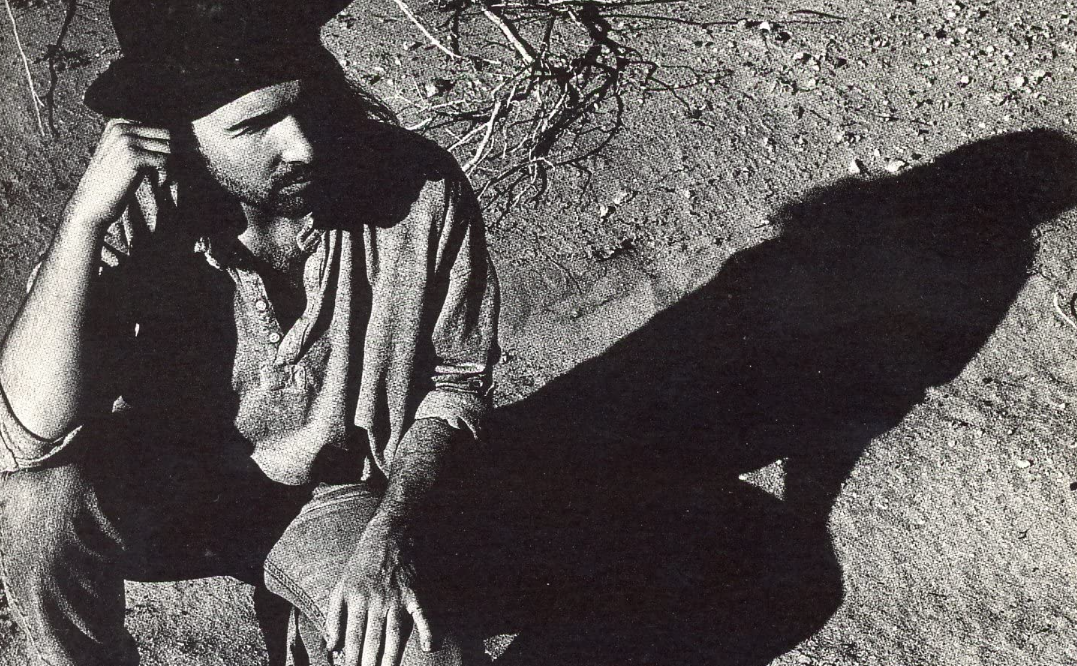
Emotional architecture emerges clearly in U2‘s soaring anthem, where simplicity creates space for feelings to breathe. The progression—D, A, Bm, G—moves with the deliberate pace of a slow dance, each chord lasting a full measure before transitioning. This breathing room makes it perfect for beginners still developing their chord-switching reflexes.
The song teaches the crucial skill of dynamic control, starting with gentle strumming during the verses before building intensity through the chorus. Like a perfectly constructed sentence, With or Without You proves that eloquence comes not from complexity but from knowing exactly which elements to include and which to leave out.
2. That’s Entertainment – The Jam

Social commentary disguises the real lesson here: The Jam created the ultimate chord transition boot camp for developing players. Capo at the 3rd fret and tackle G, Em, Am, and the notorious F—the chord that separates casual players from the committed. For that troublesome F, experiment with full barre positions, thumb-over techniques, or even the friendlier Fmaj7 voicing.
Focus your practice on the G-to-F and Em-to-F transitions—the musical equivalent of learning to parallel park. Once mastered, they unlock countless other songs. That’s Entertainment functions like strength training for your fretting hand; the musical rewards come packaged with technical growth that transfers to virtually everything you’ll play.
1. Mad World – Tears for Fears

Mad World sits like a perfectly weathered leather jacket in any acoustic player’s collection—instantly recognizable yet endlessly adaptable. This acoustic arrangement uses slightly different chords than the original studio version but captures the song’s haunting essence perfectly. Capo at the 2nd fret, and you’re working with just Em, G, D, and A. The verse floats between Em and G with hypnotic simplicity, while the chorus shifts to D and A, creating that signature emotional pivot.
The gentle down-down-up-down-up-down-up strumming pattern creates the song’s haunting pulse. What makes this track particularly valuable for beginners is how it teaches dynamics without requiring technical gymnastics. Master this one and you’ll have strangers at parties giving you that knowing nod—the universal signal that you’ve tapped into something deeper than just playing notes.






